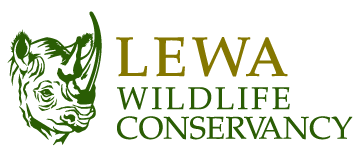Zero

Incidents of poaching
on Lewa since 2013
54

Rhinos translocated from Lewa to Ol Pejeta Conservancy, Borana Conservancy, Sera Community Conservancy and Meru National Park
14

Rhinos born on Lewa in 2017
14%

of Kenya’s rhinos live on the Lewa/Borana Landscape.
Back From The Brink
Tens of thousands of rhinos once thrived in Africa’s landscape. Since the beginning of the 20th century, humans have pushed the species to the brink of extinction. In the 1960s, Kenya was home to an estimated 20,000 black rhinos, but just two decades later, poaching had reduced the population to less than 300.
As a result of conservation efforts, the black rhino population is steadily recovering and there are now over 600 black rhinos in Kenya. However, even with marked progress, the black rhino remains critically endangered.
Today, the survival of one of Africa’s iconic species rests on long-term solutions that involve local people, securing its habitat and reducing demand for its horn.
Lewa: A Pioneer
Rhino conservation was the main driver for Lewa’s establishment in 1983, making it East Africa’s first rhino sanctuary. Since then, Lewa has provided a safe and suitable home for a rhino population that has steadily grown from an initial 15 animals to 169 today.
As a pioneer in rhino conservation, Lewa is working with a growing number of partners across Kenya and Africa to share best practices, data and skills. Together, we share a common mandate to help the rhino rise out of near-extinction and push the boundaries of what is possible in conservation.
The collaboration between Lewa and neighbouring Borana Conservancy to merge two separate land areas has created 93,000 acres of contiguous rhino rangeland. This expanded landscape is now home to 14% of Kenya’s entire rhino population.



